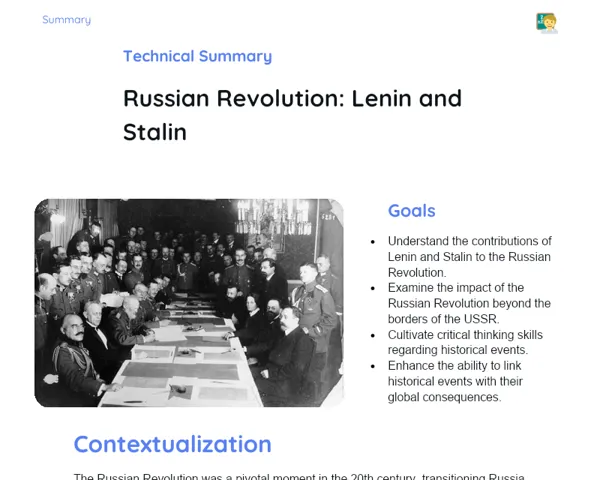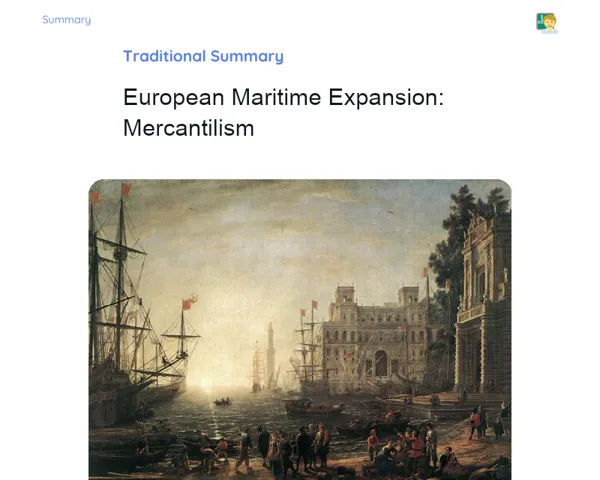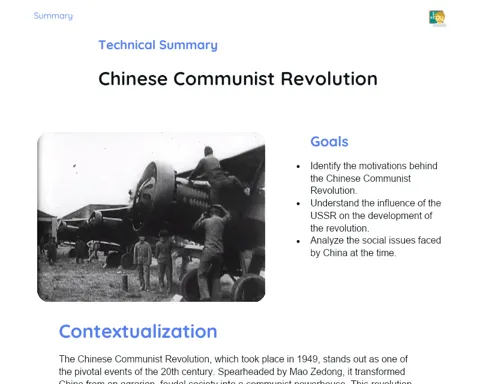Goals
1. Understand the key contributions of the Roman Empire in the fields of architecture, law, and language.
2. Analyze how Ancient Rome has impacted modern Indian society and global culture.
3. Develop critical thinking skills and the ability to interpret historical events.
4. Connect historical insights to practical scenarios within various career paths.
Contextualization
The Roman Empire marked one of the most significant epochs in history, imparting lasting influences through its advancements in architecture, law, and language. The road networks established by the Romans bolstered trade and improved communication, while Roman law laid the groundwork for many present-day legal frameworks. Grasping these influences is crucial in order to understand how our history informs both our present and future.
Subject Relevance
To Remember!
Roman Architecture
Roman architecture is iconic for its innovative techniques, utilizing structures like arches, vaults, and concrete to create immense buildings such as aqueducts, amphitheaters, and temples. These constructions not only fulfilled practical needs but also showcased the glory and might of the Roman Empire.
-
Use of the Arch: Enabled the creation of robust and expansive buildings.
-
Concrete: A groundbreaking material that allowed for durable constructions.
-
Aqueducts: Vital water supply systems that significantly improved urban living.
-
Amphitheaters: Venues like the Colosseum, designed for public entertainment.
Roman Law
The legal systems we rely on today are built on the foundations laid by Roman law. It brought essential ideas forward, such as equality before the law, property rights, and the concept of contracts. These concepts were documented in the 'Twelve Tables' and further compiled in the 'Corpus Juris Civilis' by Justinian, which have profoundly shaped Western legal traditions.
-
Equality Before the Law: The principle that everyone is subject to the same laws.
-
Property Rights: Legal acknowledgment of ownership.
-
Contract: Binding agreements that outline obligations between parties.
-
Corpus Juris Civilis: A collection of laws that significantly influenced European jurisprudence.
Latin Language
Latin, the language of the Roman Empire, has had a lasting influence on modern languages, especially the Romance languages like Portuguese, Spanish, French, and Italian. Besides serving as the administrative language of Rome, Latin has also been integral to the Catholic Church, ensuring its relevance and reach throughout history.
-
Romance Languages: Languages that evolved from Latin, like Portuguese and Spanish.
-
Roman Literature: Timeless texts that are still revered and studied today.
-
Ecclesiastical Latin: The formal language of the Catholic Church.
-
Scientific Terminology: Many terms used in science originate from Latin.
Practical Applications
-
Engineering and Architecture: Application of Roman methods in modern infrastructures like bridges and public buildings.
-
Legal Systems: Utilization of principles derived from Roman law in today’s legislation.
-
Linguistics: Exploration of the rise of Romance languages and their ongoing influence on modern vocabulary.
Key Terms
-
Roman Architecture: A distinctive style marked by arches, concrete, and aqueducts.
-
Roman Law: A body of laws and legal principles established in Ancient Rome.
-
Latin Language: The official tongue of the Roman Empire, the source of Romance languages.
-
Aqueduct: A structure designed to carry water from one location to another.
-
Corpus Juris Civilis: The comprehensive collection of Roman laws compiled under Emperor Justinian.
Questions for Reflections
-
How did Roman advancements in engineering and architecture shape modern construction practices?
-
What relevance do the principles of Roman law hold in today’s legal frameworks?
-
How has Latin influenced contemporary languages, especially those in the Romance family?
Recreating Roman Engineering
To solidify your understanding of Roman innovations, you will construct a model of a Roman aqueduct using readily available materials. This engaging challenge will enhance your grasp of the engineering techniques the Romans employed and their societal importance.
Instructions
-
Form groups of 4 to 5 students.
-
Collect the necessary materials: cardboard, paper tubes, glue, scissors, a ruler, and markers.
-
Sketch a design for the aqueduct that your group plans to make, ensuring it has a correct gradient for water flow.
-
Cut and assemble the pieces of the aqueduct as per the sketch.
-
Test the aqueduct with water to verify if the flow remains steady.
-
Present your aqueduct model to the class, explaining any challenges encountered and the solutions devised.



